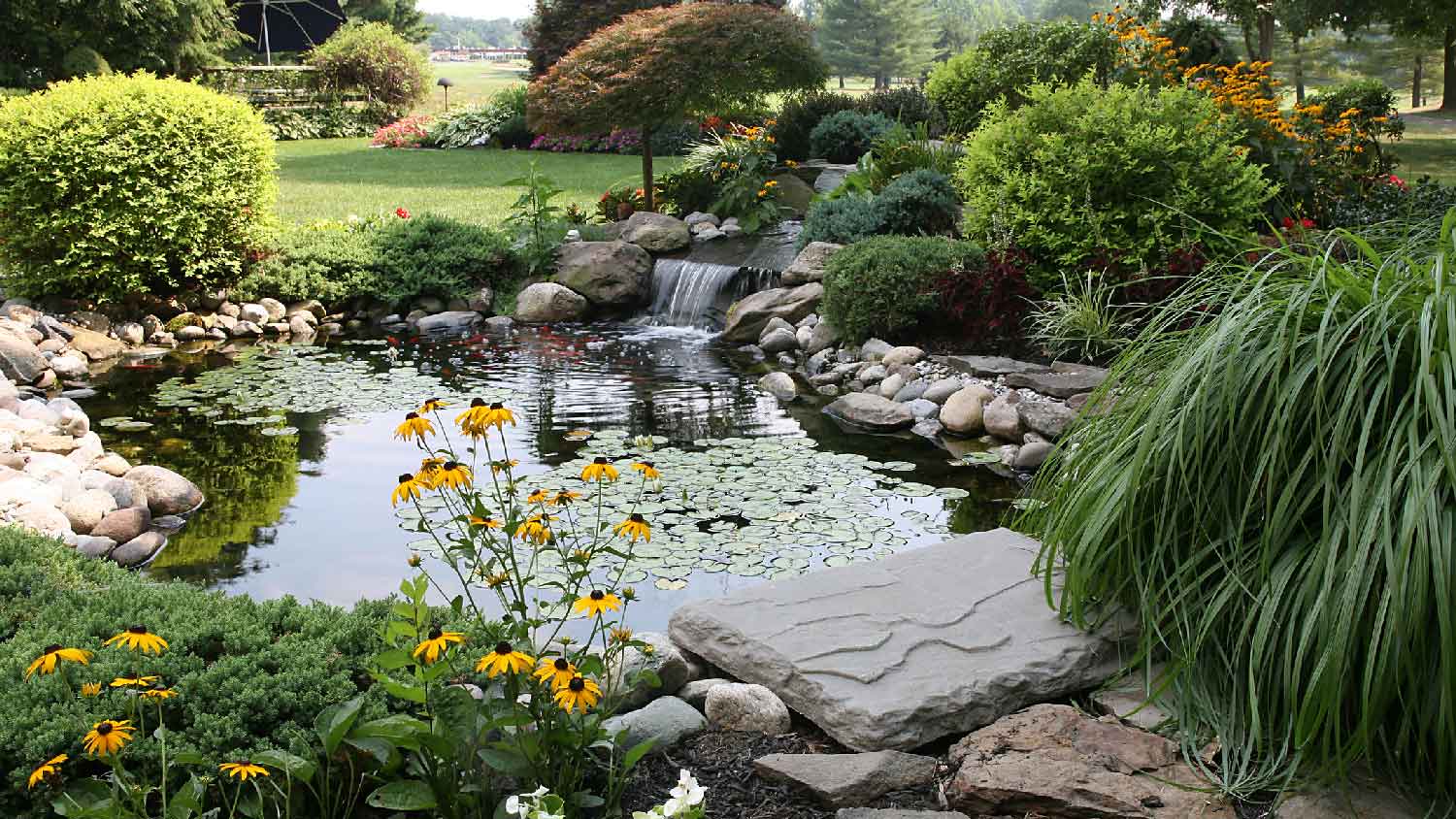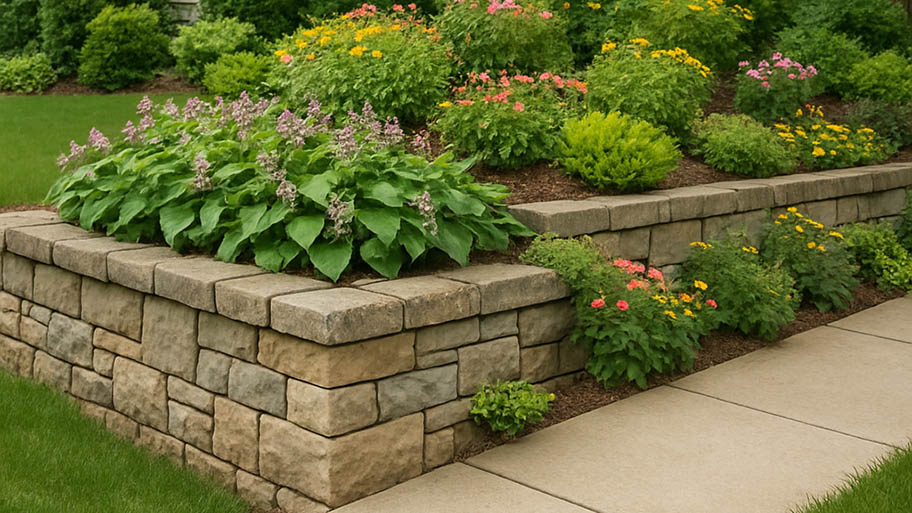
Landscape curbing can really improve the look of a yard, but at what cost? Find out how much it costs and the different ways you can do it
Make every day feel like St. Patrick’s Day


Clover is a low-maintenance addition to any yard.
They’re drought-tolerant and easy to maintain once established.
Combine your favorite grass seed with clover for a healthier and lush lawn.
Remember those childhood days spent hours looking for that elusive four-leaf clover to keep in your special treasure box? Now, you can grow a lawn full of them to always have some extra luck on your side. If you want to learn about the many benefits of having a clover lawn, including tips on how to plant one, continue reading.
Clovers aren’t just for child’s play. These bright-green plants are a great lawn alternative and can make an ideal addition to any yard. They’re affordable, low maintenance, and tolerant of various growing conditions, from full sun to partial shade. Whether you’re establishing a new lawn or incorporating clovers into an existing one, they can flourish and give you beautiful greenery all year-round.
Clovers are also a great sustainable option for all environmental lovers out there. Unlike traditional lawns that need watering all season long, they’re drought-tolerant once their root systems have time to establish. Bees also thrive on their blooms, which provide food for our furry pollinator friends. You may even get a deer sighting or two since they love to munch on this magically delicious foliage.
Fun fact: Another benefit of clovers is that they're nitrogen-fixing plants, meaning they'll bring much-needed nitrogen to your soil without the need for fertilizer.
Most homeowners use one of two popular clover varieties for their lawn care needs.
Dutch or dwarf white clover (Trifolium repens) with its white bee-attracting blooms is the most common variety. It needs about four to six hours of sun every day and stays green year-round. For a lawn that’ll bring everyone to the yard, reseed the dwarf clover every two to three years.
Microclovers (Trifolium repens var. Pipolina) are better able to withstand foot traffic than the Dutch white version. It’s also more shade-tolerant, and you can mow it shorter than its Dutch counterpart. They produce significantly fewer flowers than white clovers, which is perfect if you’d rather not have a constant influx of bees buzzing around during your summer barbecues.
Now that you’ve got your heart set on growing a clover lawn, let’s dive deeper into planting requirements. Local lawn care specialists recommend using both clover seeds and grass seeds for the best-looking lawn, as the shamrock itself is fragile and may not handle the pitter-patter of children’s feet and Fido running amuck very well.
Clover lawns need sandy or loamy soil with a pH level between 6 and 7. If you’re unsure about your soil levels, hire a local soil tester to determine the best growing conditions for your yard.
Plant clovers late in springtime to protect them from frigid weather conditions (they need to remain above 40 degrees Fahrenheit). Planting in the spring gives the added benefit of rain showers, which will help keep the seedlings consistently moist—a must for sensitive clover seeds.
Follow this general guidance if you already have a lawn you and the family enjoy but want to incorporate some more Irish charm.
Preparation is key since clover seedlings are more sensitive than typical grass seeds (although they’re pretty hardy once established). Get the yard ready by raking out any thatches, mowing close to the ground, and aerating thoroughly. Then, add fine sand or soil to your clover seeds, and spread them where you’d like. Water your seedlings every day for two weeks, which will give these thirsty plants enough hydration for sprouting and help them get a good start in life.
For new lawns, remove any debris two to three weeks before seeding. Also, till the topmost layer of the soil to loosen up any substrate, and then water your backyard to encourage any remaining weeds to grow. Once it’s a day or two before the big day, remove new weeds and rake to an even texture.
Plan out the ratio of grass to clover seeds before you start since grass can overwhelm clover. Mix your clover seeds with sand or fine soil to make spreading easier. Follow with your chosen grass seed, like Bahia or tall fescue grass. Cover them lightly by walking over the planted area (clovers won’t sprout if they’re buried too deeply), and water regularly until they’re established.
That’s it! May your clovers have leaves of four and your luck last forevermore.
From average costs to expert advice, get all the answers you need to get your job done.

Landscape curbing can really improve the look of a yard, but at what cost? Find out how much it costs and the different ways you can do it
.jpg?impolicy=leadImage)
Landscaping your yard adds curb appeal and expands your home’s living space into the outdoors. Learn how much landscaping costs for various projects.

Leveling your yard can help with drainage and prevent damage to your home. Learn the cost to level a yard in Columbus, OH, and what factors can affect the price.

How big is your pond? Knowing how much water your pond can hold will help you choose the right treatments for it and the proper number of aquatic life.

There is no one-size-fits-all retaining wall for your yard. In fact, the options are endless. Check out 20 retaining wall ideas to upgrade your hardscape.

Why does your grass keep dying, despite your best efforts? Lawn care can be a tricky process. Find out why you might see dead grass and what you can do about it.